
Designing and Implementing the DC Early Childhood Educator Pay Equity Fund | From Vision to Reality - Photovoice
- Phoebe Harris
- Keiyitho Omonuwa
- Chrishana M. Lloyd
- Julianna Carlson
- Sage Caballero-Acosta
- Michael Martinez
- Dayne Ornelas Gonzalez
- Andrea Vazzano
- Lauren Kissela
What is Photovoice?
Photovoice is a community-based participatory research method that actively engages community members as partners throughout the research process.[1] Founded on the principles of feminist theory and documentary photography, photovoice harnesses the power of photographs to create dialogue around social and community issues. In photovoice, participants take photos in response to questions of interest, craft short narratives describing what their photos represent, and then meet in groups to share and discuss their work. Photovoice projects often result in an exhibition or other public display of the photos and narratives, amplifying individual narratives to raise awareness or create change. Photovoice has been used in diverse settings across the world to explore and share the nuances of individuals’ experiences. However, there are limited photovoice projects that have specifically engaged with early childhood educators.
Why Use Photovoice to Explore the DC Early Childhood Educator Pay Equity Fund?
Including the voices and stories of early childhood educators in conversations about the Fund’s reach and impact is critical. Photovoice provides educators with a unique opportunity to craft and share personal narratives about their experiences.
Galleries
The photos in these galleries represent just a few of the varied experiences of educators across the District. The galleries are organized based on the following prompts that educators were asked to consider. To view the galleries, scroll down or select a prompt below.
For information on how these photos and narratives were collected, read about our approach on the methods tab.
How has your life changed (or not) because of the supports from the Fund?
Early childhood educators’ photos and captions describe ways in which the Fund was a refuge for financial stability and freedom. In group discussions, they shared how it of it allowed them to provide a better quality of life for themselves and their families, even if only temporarily. Educators exchanged experiences ranging from being able to buy more and more nutritious food for their families to finding a better living situation. For some, it provided much needed respite, allowing them to leave a second job or finally take a family vacation. For others, it meant having more time to pursue a goal or a dream, such as earning a higher degree or owning a home. In these discussions, some educators noted that the Fund’s implementation did come with challenges. For example, they mentioned of inconsistencies in when and how supplemental payments were received – some reported never receiving the payments at all-and concerns over how the payments impacted or might impact their tax returns and Medicaid eligibility.
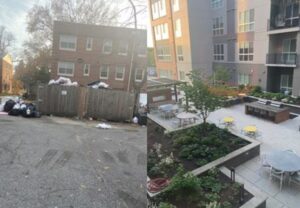 After our first gathering I began to think about what my family gained [from the Fund] and, well, as a single parent widowed early after my second child I had to do what I could to make sure my granddaughter had better – this was not it…
After our first gathering I began to think about what my family gained [from the Fund] and, well, as a single parent widowed early after my second child I had to do what I could to make sure my granddaughter had better – this was not it…After the Pay Equity Fund I ran from what was supposed to be affordable housing to what the Pay Equity Fund made me able to move into and it is still clean! So I keep praying, keep thanking God for moving us to [someplace] better.
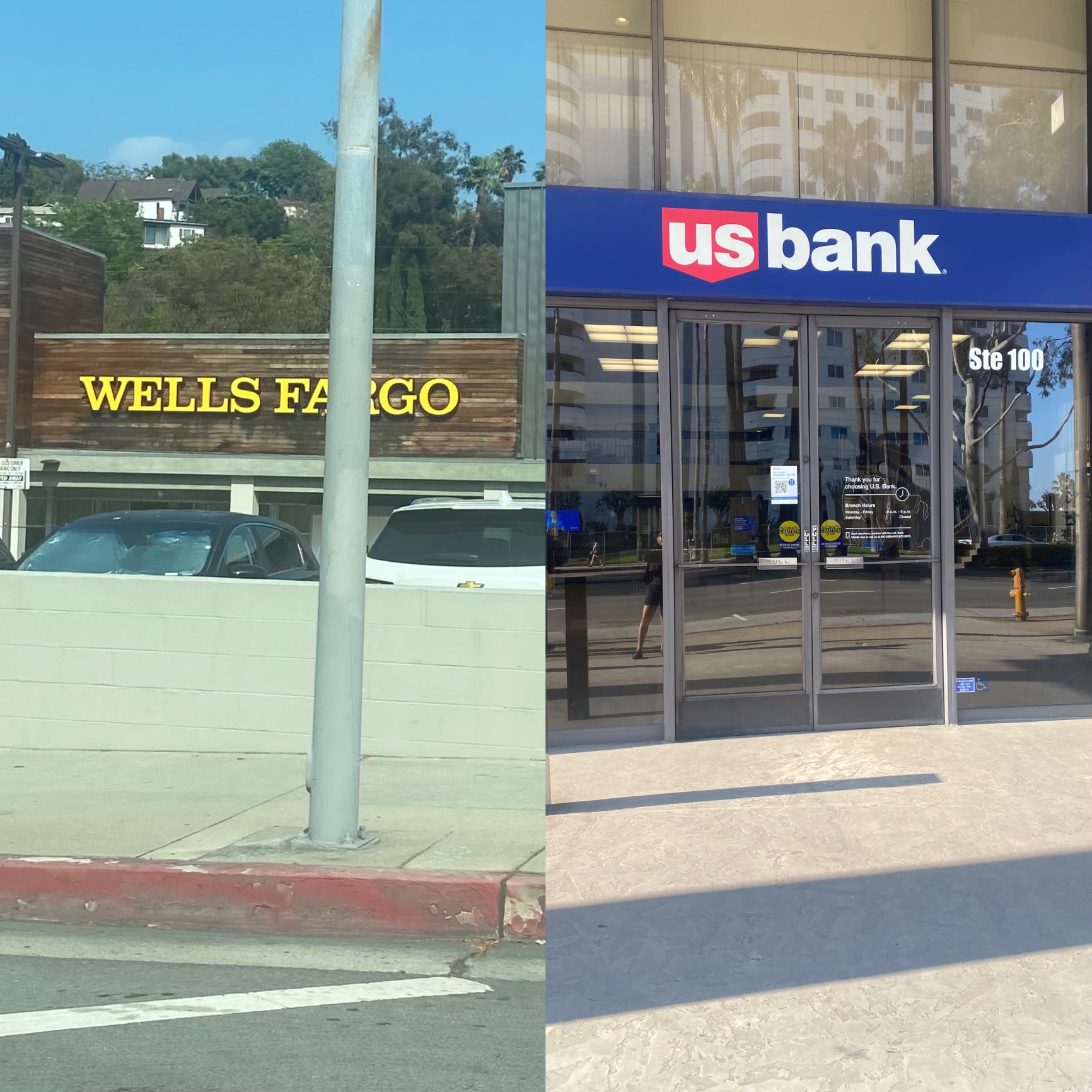 The Pay Equity Fund has helped my life by me being able to save money. I show two different banks and I have money in both, something that I had not had before. Me, receiving the funds has changed my life. Now I am able to pay overdue bills because I have savings.
The Pay Equity Fund has helped my life by me being able to save money. I show two different banks and I have money in both, something that I had not had before. Me, receiving the funds has changed my life. Now I am able to pay overdue bills because I have savings. I migrated from El Salvador in 1994; since then, I have been working arduously and always had a dream. My dream was to own a single-family home, complete my studies equivalent to High School, and attend a university to obtain a superior education. As a child, I did not have the opportunity to work on the mentioned goals because I had to work hard and take care of myself and my siblings back in El Salvador. However, since receiving this monetary support, I have accomplished two of those dreams: I purchased the house of my dreams, obtained my High School Equivalent diploma, and am in my 10th month of college. The financial stability has not only allowed me to achieve these goals but has also relieved the constant stress of making ends meet. Thanks to this money, my life has changed completely; something that I thought was impossible is reality. This opportunity is a miracle because the impossible is possible. Nothing can stop me now; I carry that motivation to the early child development center. The photo represents my dreams [becoming] a reality.
I migrated from El Salvador in 1994; since then, I have been working arduously and always had a dream. My dream was to own a single-family home, complete my studies equivalent to High School, and attend a university to obtain a superior education. As a child, I did not have the opportunity to work on the mentioned goals because I had to work hard and take care of myself and my siblings back in El Salvador. However, since receiving this monetary support, I have accomplished two of those dreams: I purchased the house of my dreams, obtained my High School Equivalent diploma, and am in my 10th month of college. The financial stability has not only allowed me to achieve these goals but has also relieved the constant stress of making ends meet. Thanks to this money, my life has changed completely; something that I thought was impossible is reality. This opportunity is a miracle because the impossible is possible. Nothing can stop me now; I carry that motivation to the early child development center. The photo represents my dreams [becoming] a reality. That’s a photo from a day my family and I went to Florida, I can say the Fund has helped me in many ways, such as: financially, emotionally, given me stability; when I say emotional, I mean that when we’re financially stable our emotions improve because it’s all a circle and everything’s connected. If our financial situation is not well or we don’t make enough money to pay our bills, we’re always worried and we don’t have the means to go on a weekend getaway to get some rest, a little vacation, and with the Fund I was able to take a much-needed short vacation.
That’s a photo from a day my family and I went to Florida, I can say the Fund has helped me in many ways, such as: financially, emotionally, given me stability; when I say emotional, I mean that when we’re financially stable our emotions improve because it’s all a circle and everything’s connected. If our financial situation is not well or we don’t make enough money to pay our bills, we’re always worried and we don’t have the means to go on a weekend getaway to get some rest, a little vacation, and with the Fund I was able to take a much-needed short vacation.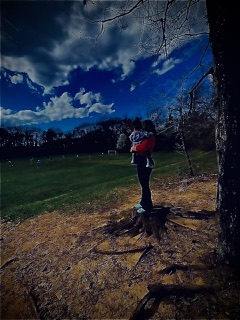 When I see this photo, I think of the hope the Pay Equity Fund brought to my life and to my family, knowing that by having a higher income our quality of life would be better, because by having a better salary, bonuses from my job, I would be able to change or dream for a more comfortable place for my family.
When I see this photo, I think of the hope the Pay Equity Fund brought to my life and to my family, knowing that by having a higher income our quality of life would be better, because by having a better salary, bonuses from my job, I would be able to change or dream for a more comfortable place for my family.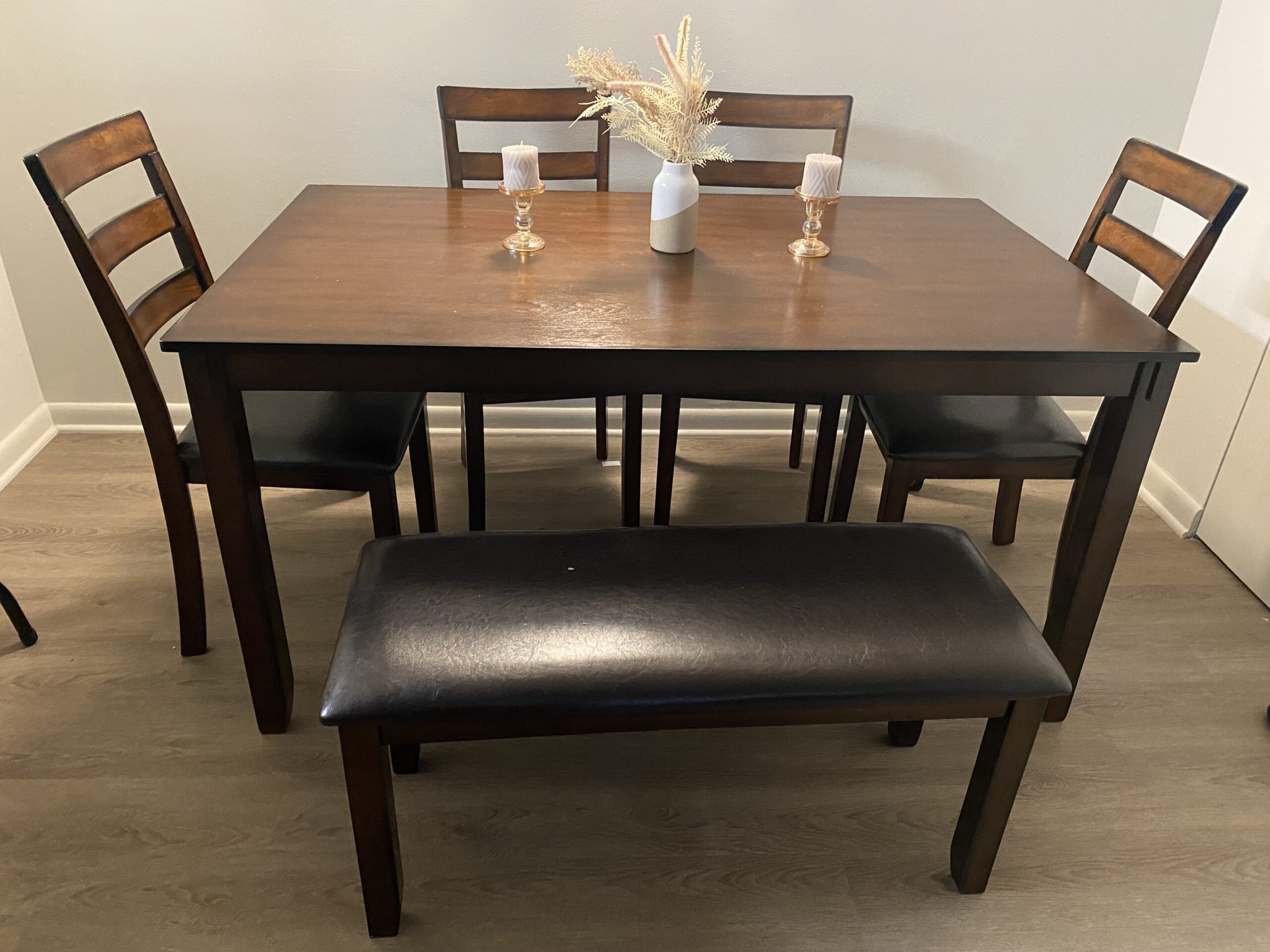
This represents an accomplishment of having been able to get an apartment with my family and it represents an effort thanks to the support given by the Fund.
 I had the opportunity to buy more food for my family.
I had the opportunity to buy more food for my family.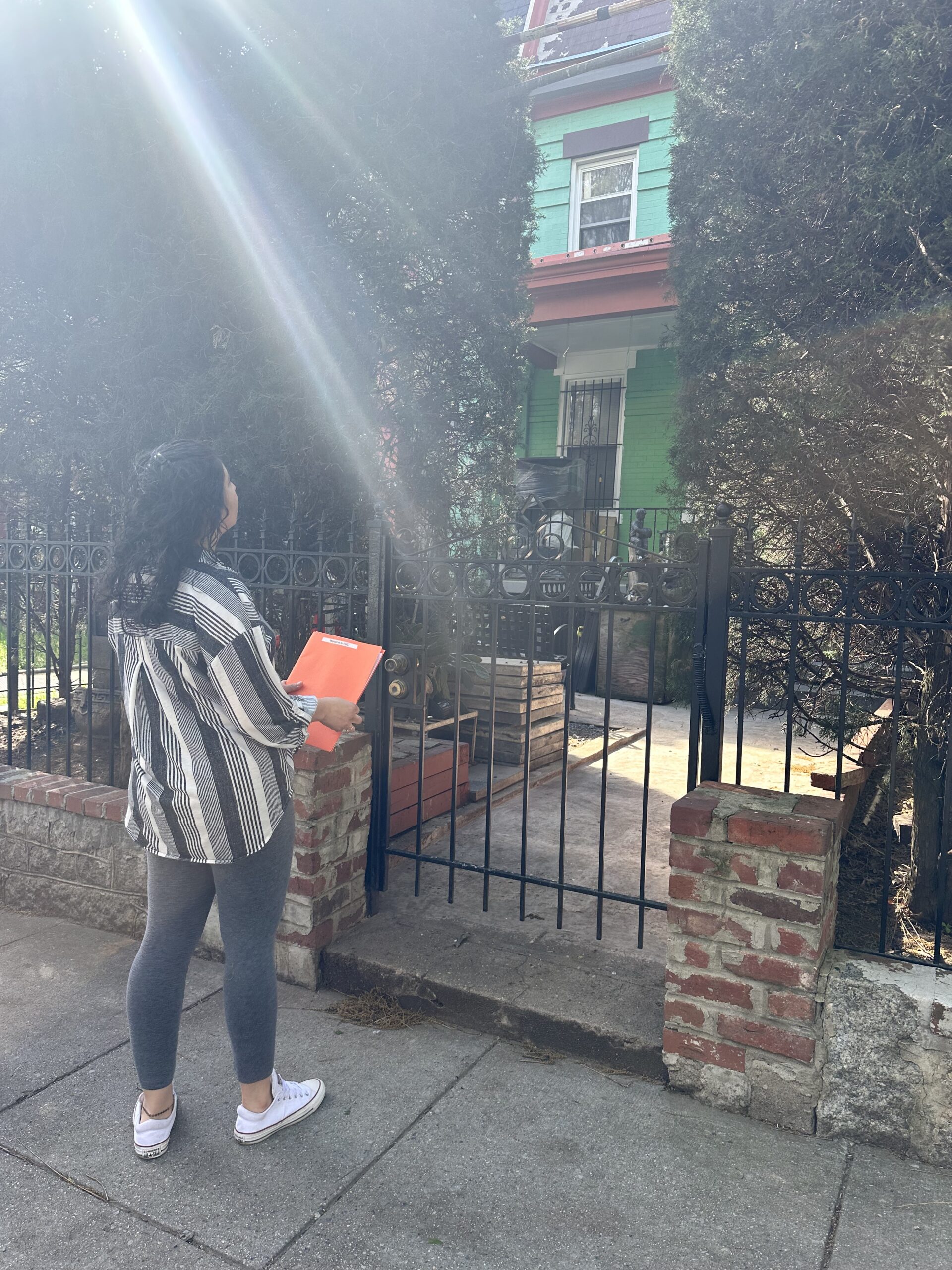 The support I’ve gotten from the Pay Equity Fund has changed my life, giving me the opportunity to buy a home because the amounts shown regarding my salary allowed an opportunity for higher bank loans; it also allowed me to put in the petition to bring my children to the US legally, demonstrating that through my work, I’m financially stable to provide them with what they need in this country, by getting paid for my work as a teacher!
The support I’ve gotten from the Pay Equity Fund has changed my life, giving me the opportunity to buy a home because the amounts shown regarding my salary allowed an opportunity for higher bank loans; it also allowed me to put in the petition to bring my children to the US legally, demonstrating that through my work, I’m financially stable to provide them with what they need in this country, by getting paid for my work as a teacher!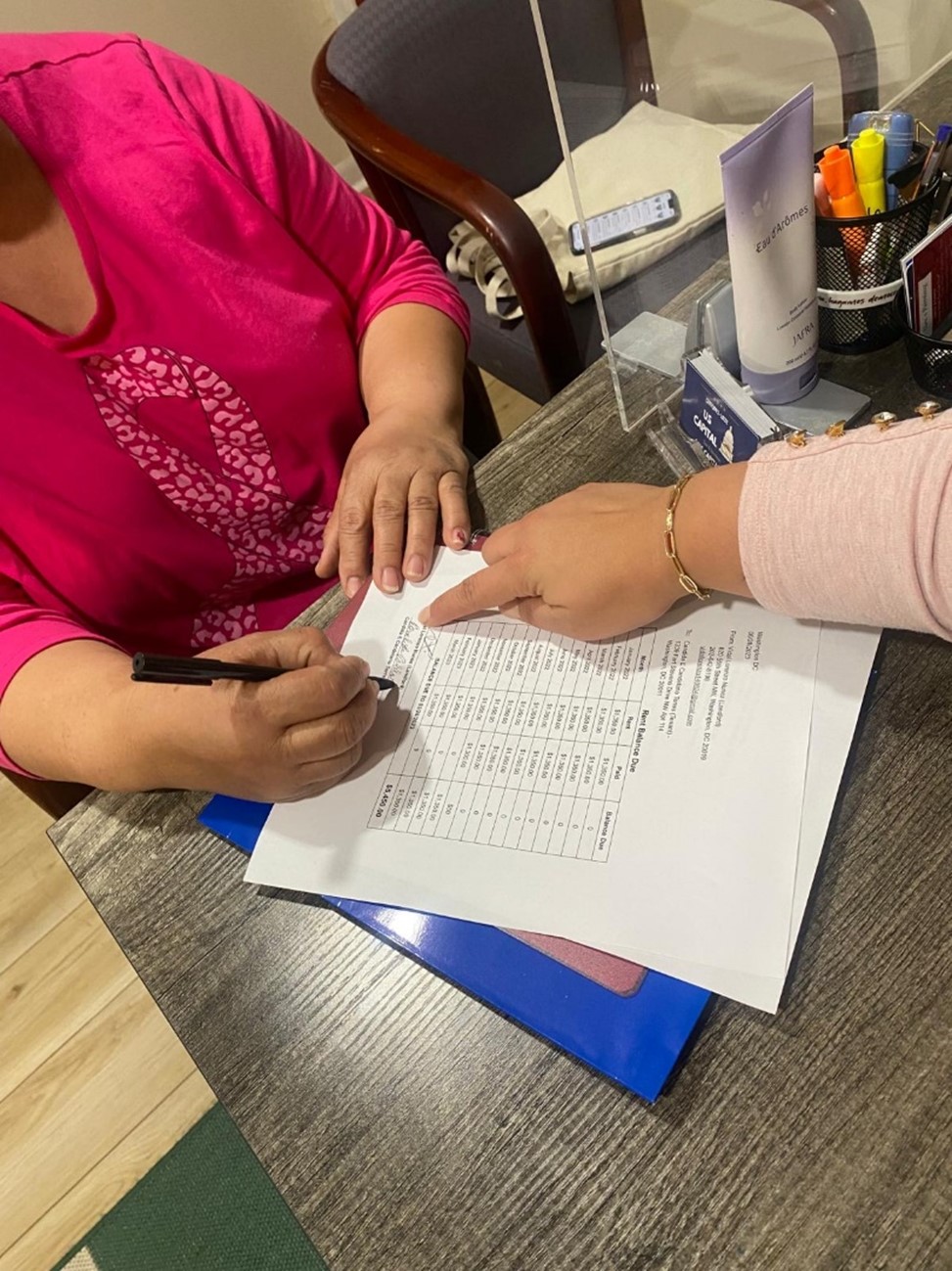
In this photo I’m paying all the rent I owed. It represents a huge relief because I couldn’t even eat thinking of my debt. My life turned around when I heard about this help. This became my way out of so much debt acquired during COVID. I said, “Thank you God for this blessing; with this support I’ll be able to get out of debt and solve many problems”!
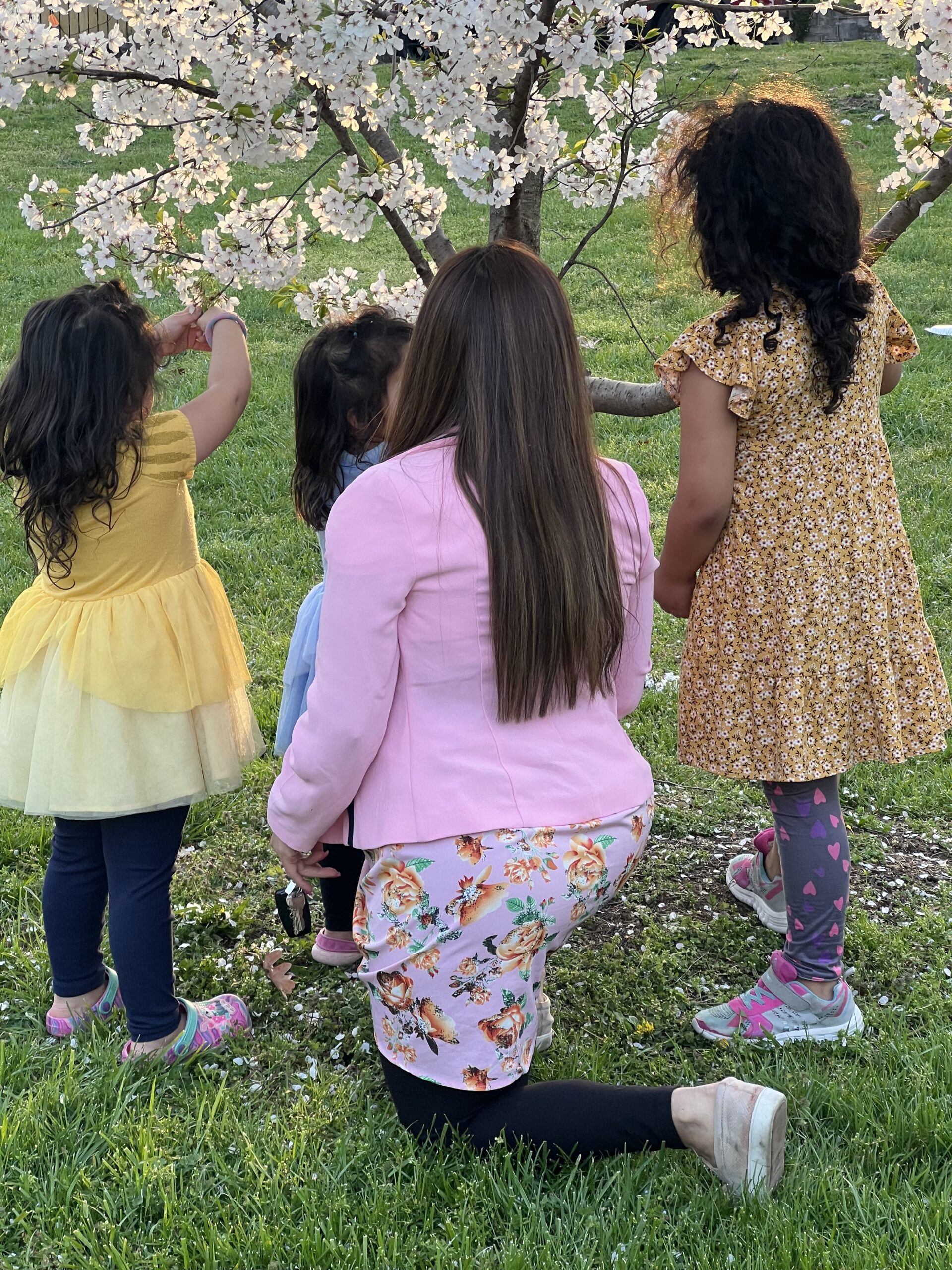 My life has changed a lot with the support from the equity fund. The change has been great because I was able to get out of an 18-year relationship with domestic violence with four children and thanks to this help I made the decision to be independent, seek professional help, and finally live in peace with my children. I give my testimony that the Pay Equity Fund came as a blessing for me and my family, thank you so much.
My life has changed a lot with the support from the equity fund. The change has been great because I was able to get out of an 18-year relationship with domestic violence with four children and thanks to this help I made the decision to be independent, seek professional help, and finally live in peace with my children. I give my testimony that the Pay Equity Fund came as a blessing for me and my family, thank you so much.
What challenges do you face as an ECE educator that you want others to know about?
The photos and captions that educators created illustrate the varied challenges they face on a day-to-day basis. These include balancing work and family, managing parents and children, and meeting the increasing educational requirements and demands for early childhood educators. Some educators highlighted the difficulties of navigating life in a language that is not their native language. In discussions across all four groups of educators, many spoke about feeling undervalued for their critical role in educating and building the developmental foundation for young children in DC. Some expressed feelings of being overlooked, silenced, and, at times, exploited by a system and actors that treat them as “nannies” and “babysitters” rather than professionals.
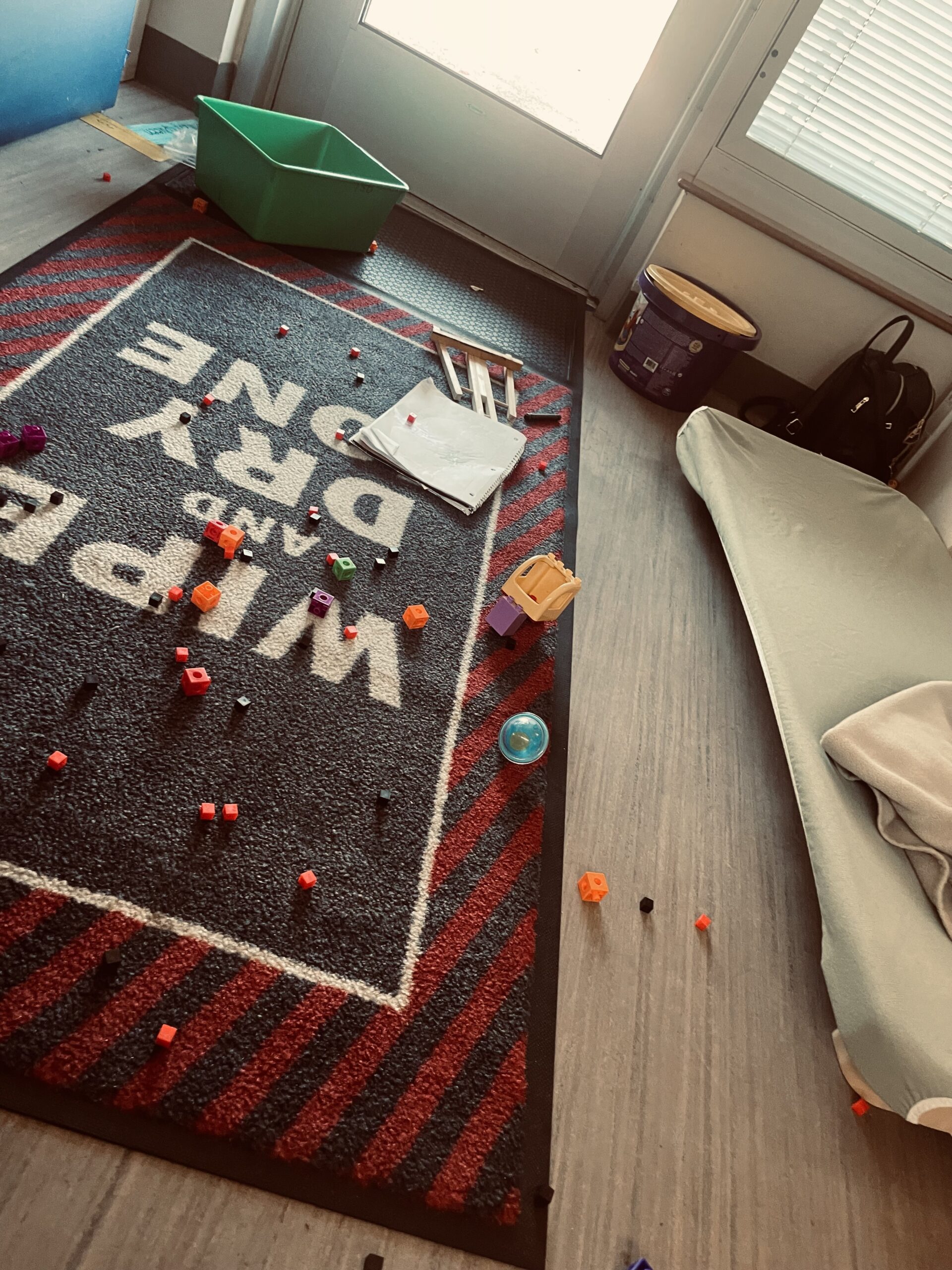
“Scatter” – Teaching with a lack of resources and funds leaves teachers in chaotic mental and environmental (in some extremes) spaces. If teachers lack resources, children lack resources. When teachers are unappreciated, it is more strenuous to perform in environments where children need us the most.
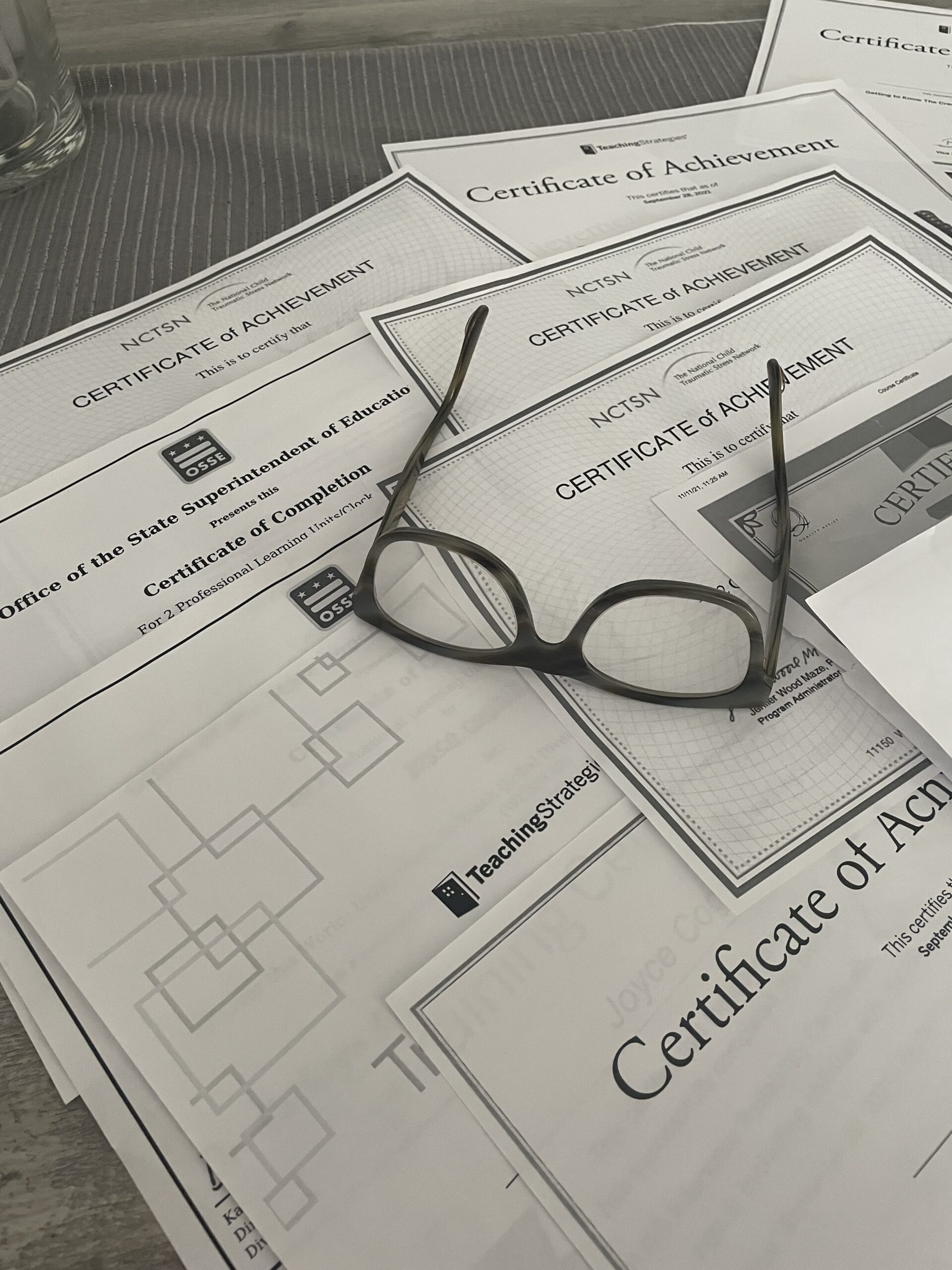
Continued Education: The High Standards of the District of Columbia. Keeping up with the high demands higher education can become challenging. Work, life and simply keeping it all together to be the best educator our little ones deserve.
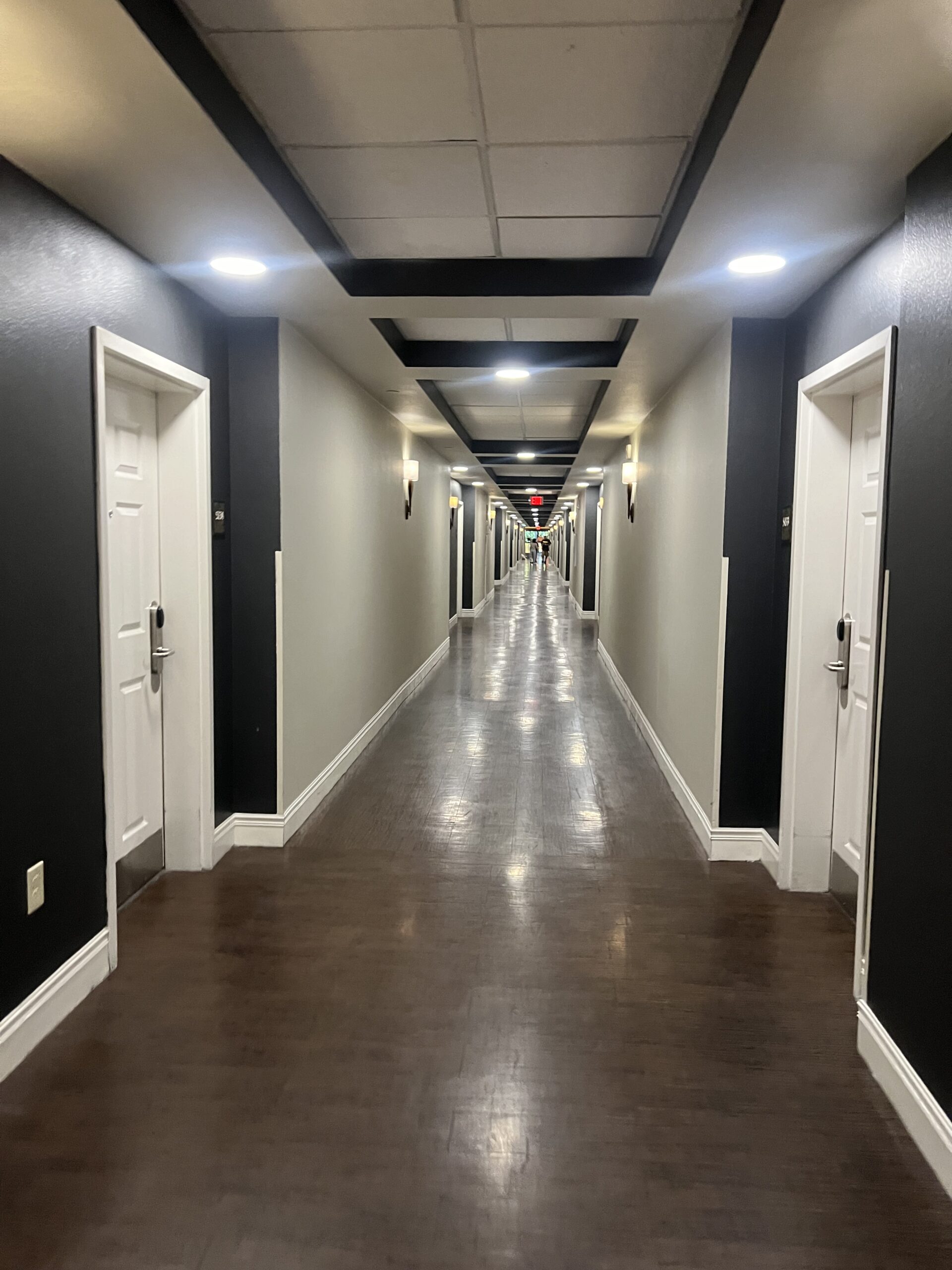
The most difficult challenge is dealing with parents.
Trying to get parents more involved.
It feels like a never-ending battle.
It never ends.
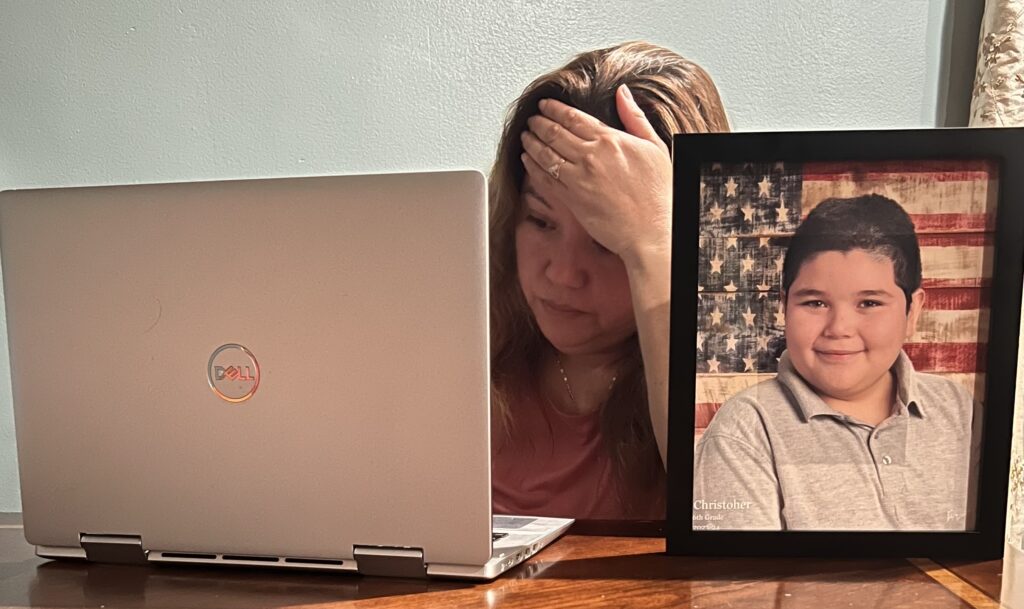
This photo represents my frustration as a mother of a child with special needs and as an early childhood educator; it’s one of the challenges most educators face, when we have children with special needs we don’t have the training, materials for training, and the appropriate staff to support these children with their development and learning. These children are capable of learning and thriving when they are given the appropriate support and accommodations.
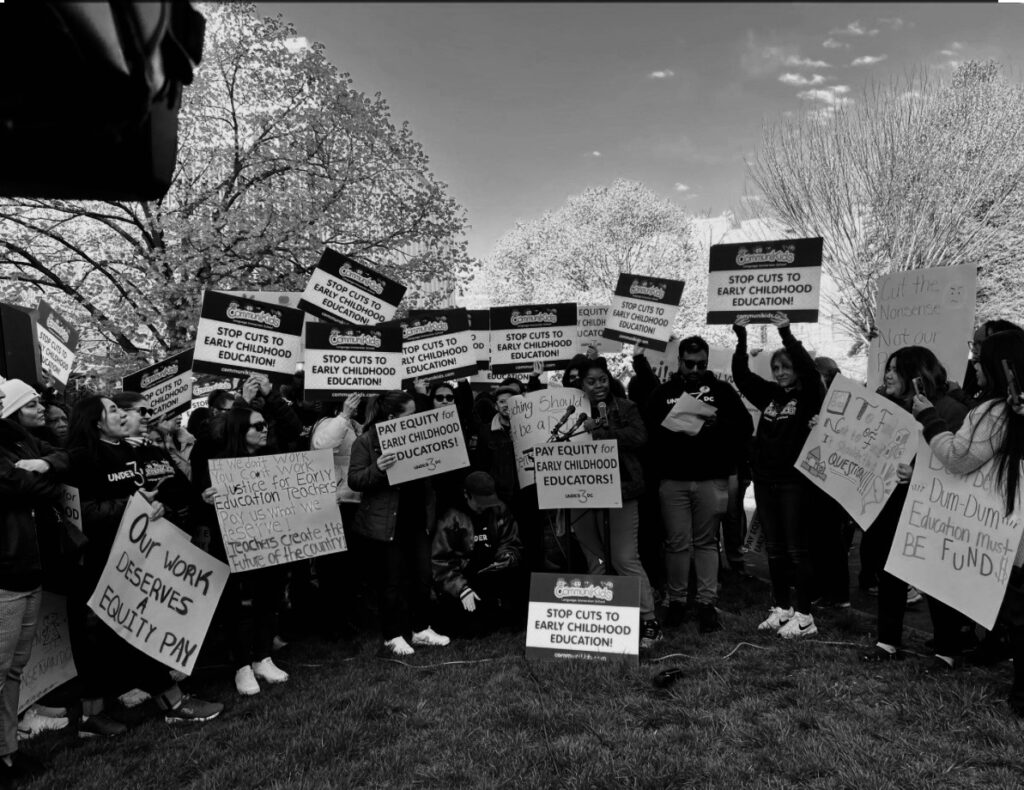
As an Early Childhood Education (ECE) educator in DC, it’s crucial for others to grasp the challenges we encounter. From ensuring access to quality education for every child to grappling with limited funding and complex regulations, we face significant hurdles daily. Meeting diverse needs demands constant adaptation and resources. It’s disheartening that we must protest for fair treatment while others, like council members, receive their pay without question. We believe in advocating for policy changes, increased funding, and ongoing support to ensure the best outcomes for the children in our care, and it’s our hope that our efforts will lead to a more equitable and respected profession.
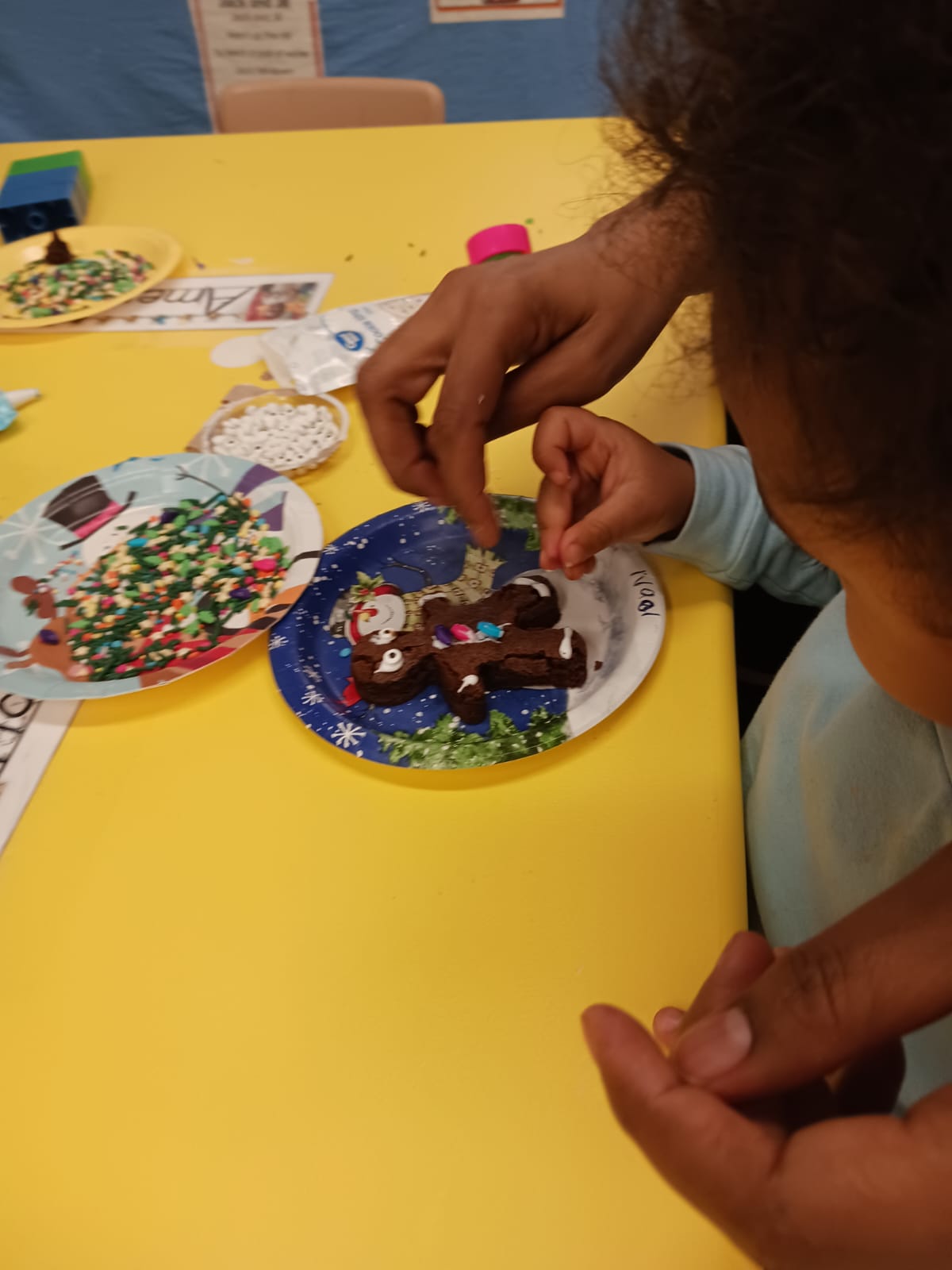
This picture represents the challenges such as managing a diverse classroom with varying learning abilities, addressing individual student’s needs, maintaining student engagement, dealing with behavioral issues, collaborating with parents and colleagues, and balancing workload demands.
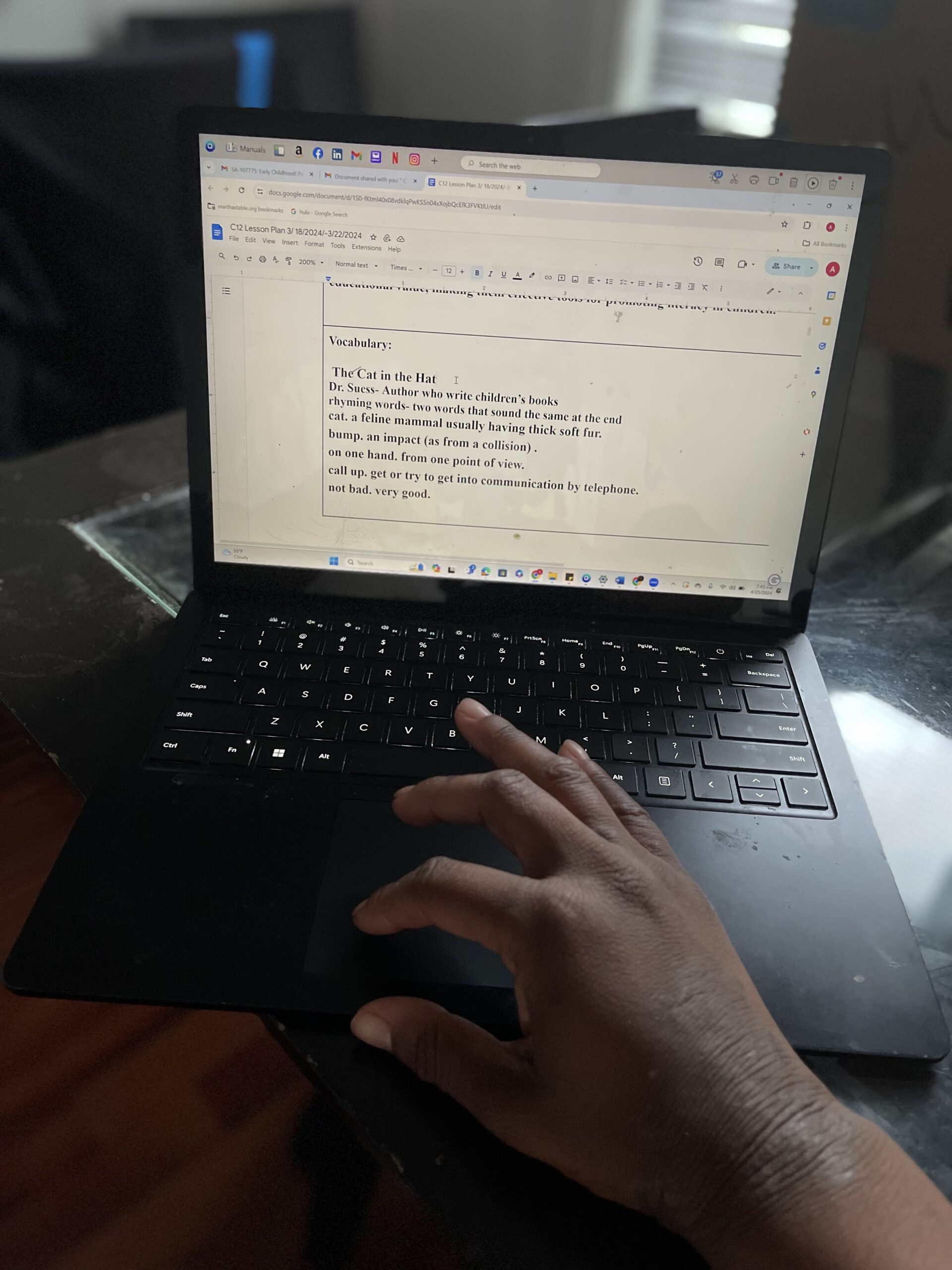
This photo represents overwork. There is still a huge shortage in finding teachers. This photo is a picture of me working at home on lesson plans because I can’t get it done during the day because of the lack of staff. This photo represents no work life balance. The biggest challenge of childcare is the lack of time that teachers have for their families.
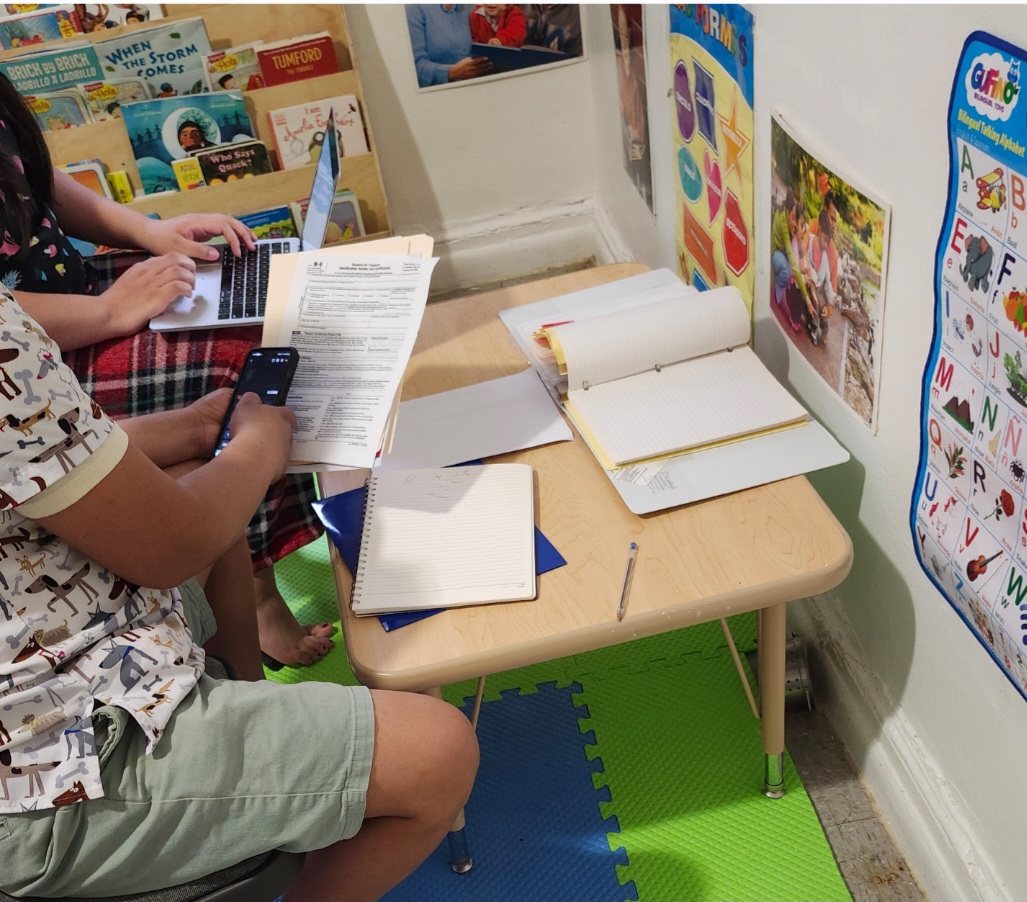
The accounting of what we make at the end of the year, and the support they’re giving us, it hurts our benefits as early childhood educators, because we can lose our health benefits, and the support might only be temporary.
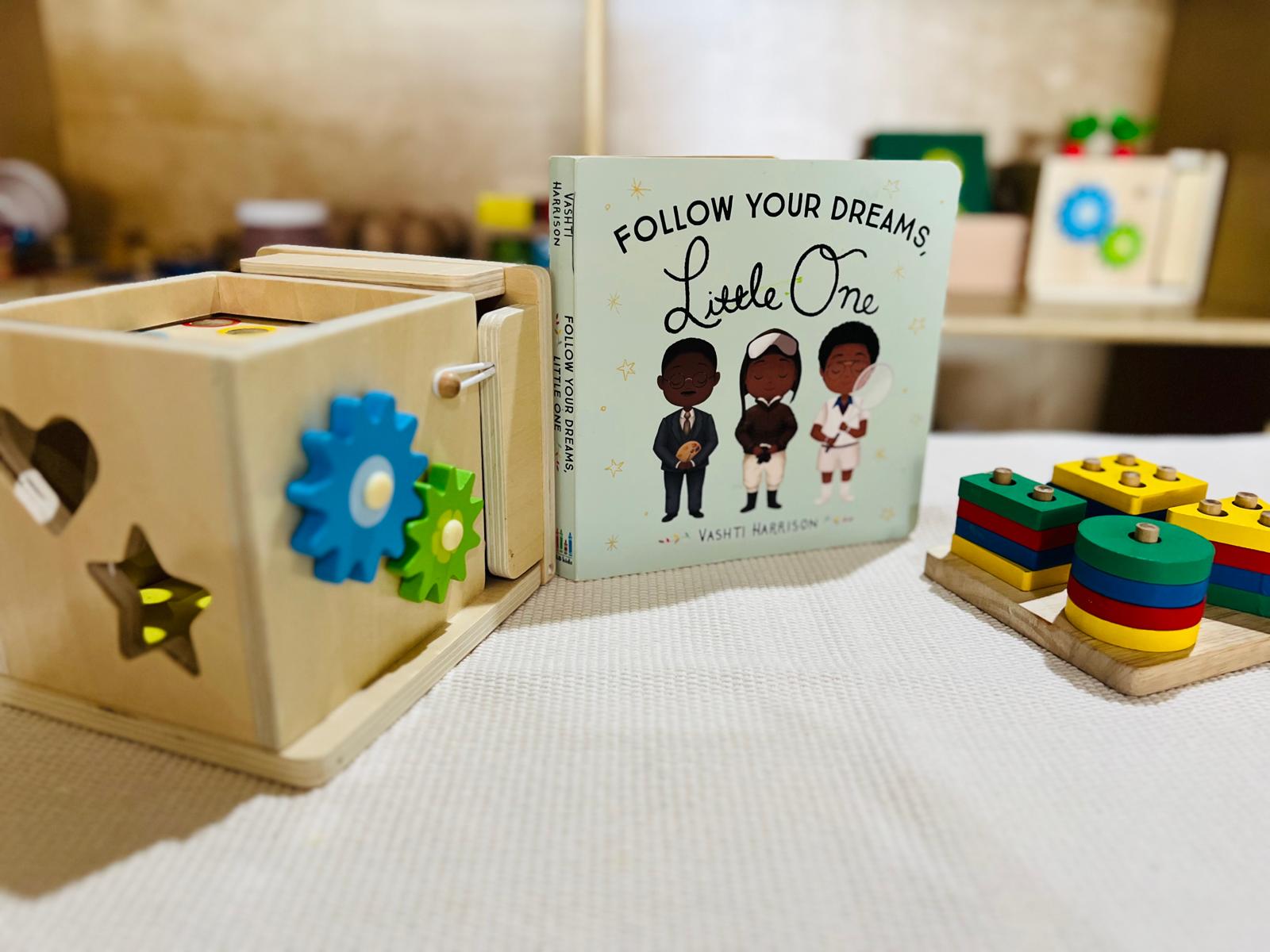
What do we see in the photograph?
To answer the first question, we see a book in English with the title “Follow Your Dreams Little One”, we also see color blocks and a wooden box.
What do they represent?
They represent the different challenges I face day to day; the blocks are the people; the book is the language, and the wooden box represents society. To answer the research question, I’m originally from Honduras, I’ve been living in the USA for one year and I have been working with children for one year; my greatest challenge is to be able to adapt to the different cultures here and to be able to express myself with people because I don’t speak English, but I make an effort to learn every single day so that I can communicate with parents and other people I know; I want to reach my dreams and goals but the road is hard in comparison, the day to day, getting used to a country that opened its doors so I could succeed in life, leaves me with the challenge of the language.
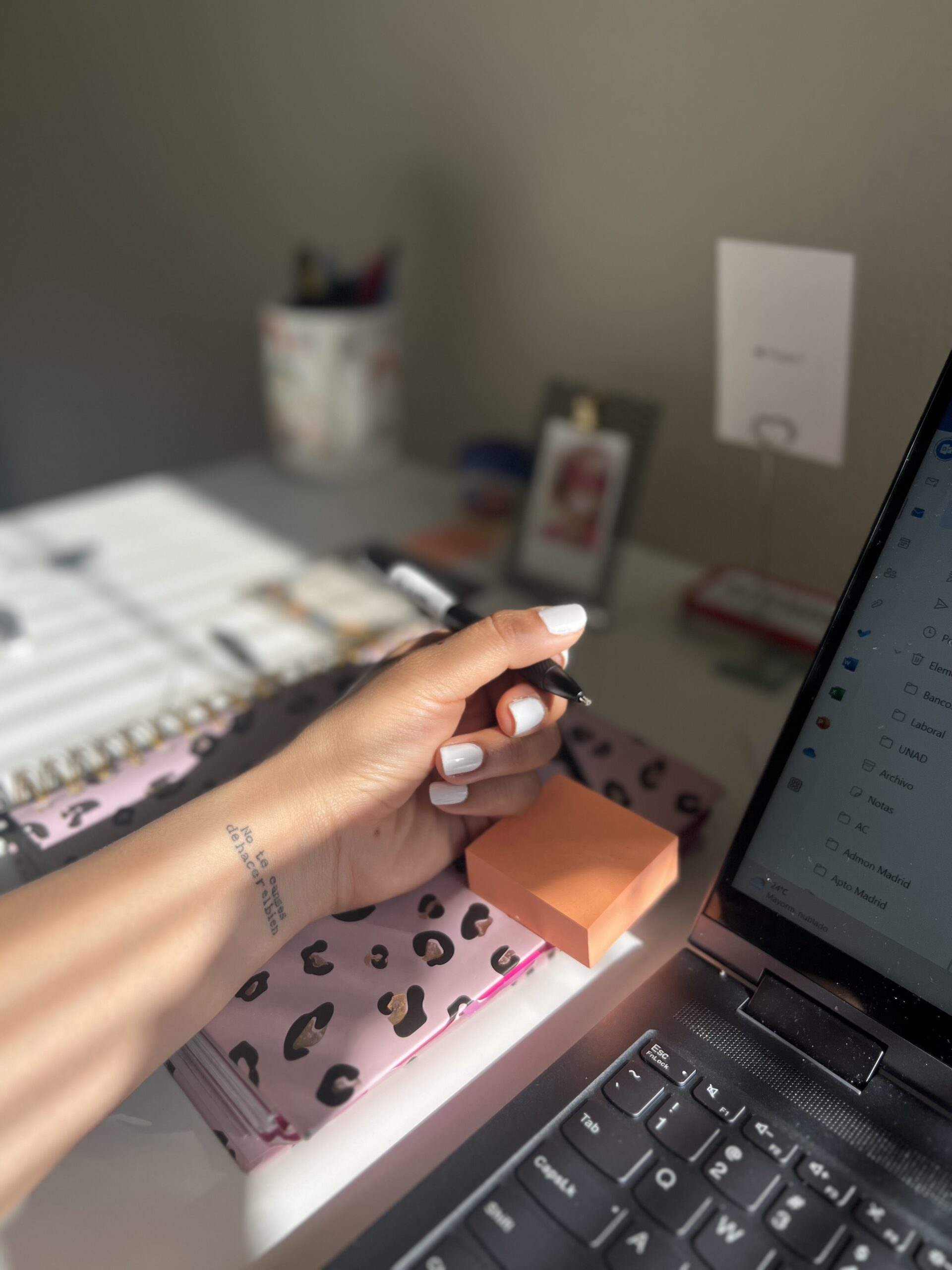
The last 4 years have been filled with memories, laughter, tears, learning, sincere hugs and special moments I’ve shared with the children, since I started working as an early childhood educator. Being the teacher’s assistant allows me every day to learn from the children and it’s a privilege to support their development along with their families. However, also during this time, I’ve considered changing my place of work and professional development because even though it’s a great work full of joy, it’s also full of challenges that have made me think that being in a place of higher education could provide me with more physical, emotional, financial and professional peace of mind. It is challenge to want to provide early childhood support but there aren’t enough benefits to make this work be compensated the right way.
What do you hope for the future for ECE educators in DC?
Educator’s photos and captions express a range of hopes for their future. Chief among these is a desire for the entire system—government, employers, and families—to view them as professionals and deserving respect. The photos also highlight personal hopes and dreams they want to continue pursuing, from earning a higher degree to achieving financial stability and comfort. Some express a desire to keep working together to ensure a better future for themselves and their families, including improved work-life balance. In discussions, educators emphasized the importance of the Fund in ensuring equitable compensation and support. They expressed a hope for the Fund’s continuation and for a future where they no longer need to advocate for equitable treatment.
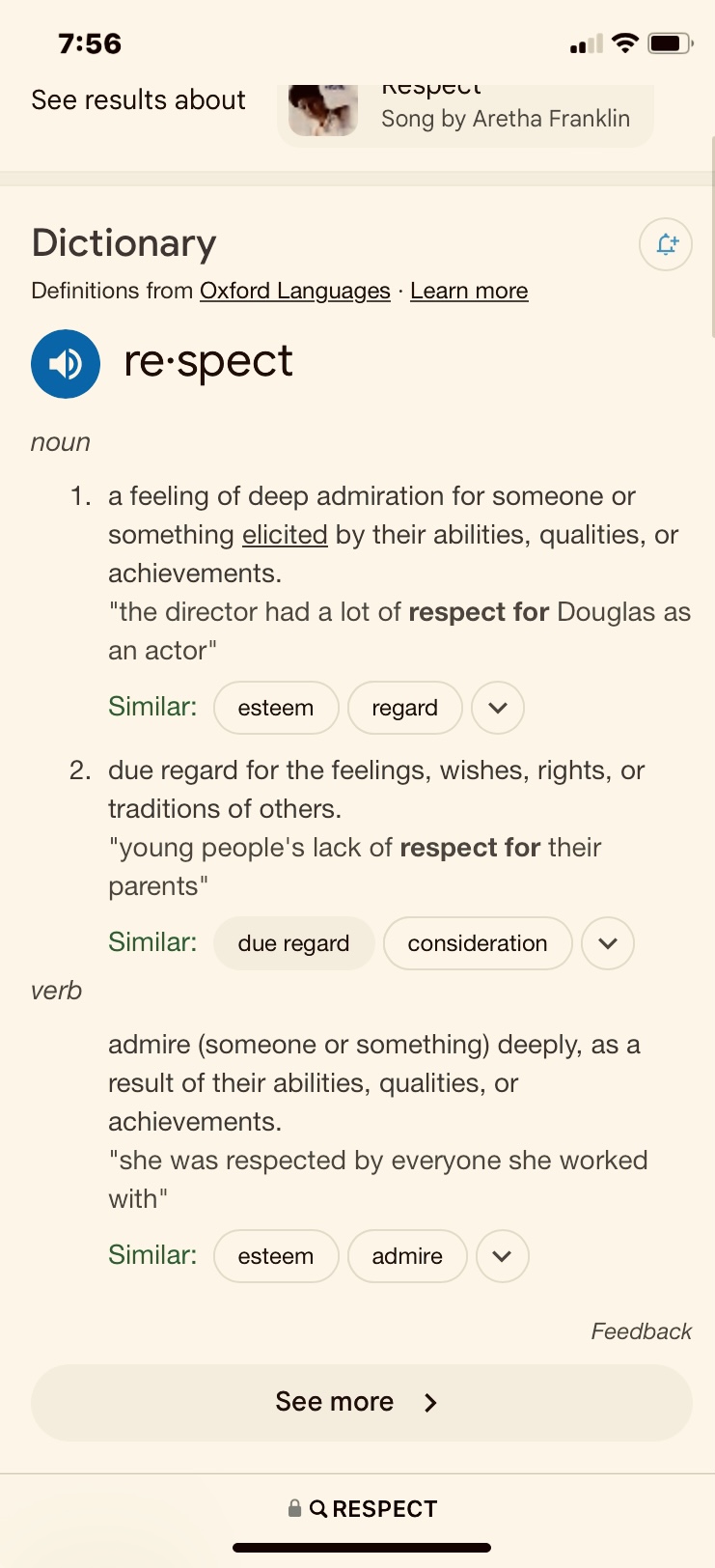
What are my hopes in the future for ECE educators in DC? RESPECT! For our profession to really, finally be respected not only by the families of the children we nurture, care, and teach but the administrators, congressmen, and our Mayor! It starts at the top…
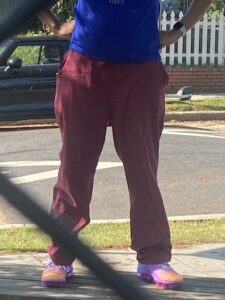
My hope in the future for ECE educators is to have stability. What I am conveying in this photo is a person who is standing strong and is stable standing on their own two feet. We received something that was needed for educators and in one way or another helped us have somewhat a better life, so why try to take it away and have us all wondering what’s going to happen next?
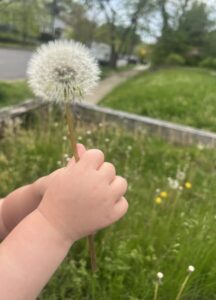 In the future, I envision a society that recognizes the crucial role of educators. We are not just teachers, but also the architects of our future leaders, preparing them for the challenges they will face in life. As educators, we bear immense responsibilities, and we deserve better wages and benefits. Our children are the future, and they deserve the best education possible. This can only be achieved by investing in the education and quality of life of educators. I hope for a future where this is not just a dream, but a reality. The picture represents a bright future for both the educators and their children.
In the future, I envision a society that recognizes the crucial role of educators. We are not just teachers, but also the architects of our future leaders, preparing them for the challenges they will face in life. As educators, we bear immense responsibilities, and we deserve better wages and benefits. Our children are the future, and they deserve the best education possible. This can only be achieved by investing in the education and quality of life of educators. I hope for a future where this is not just a dream, but a reality. The picture represents a bright future for both the educators and their children.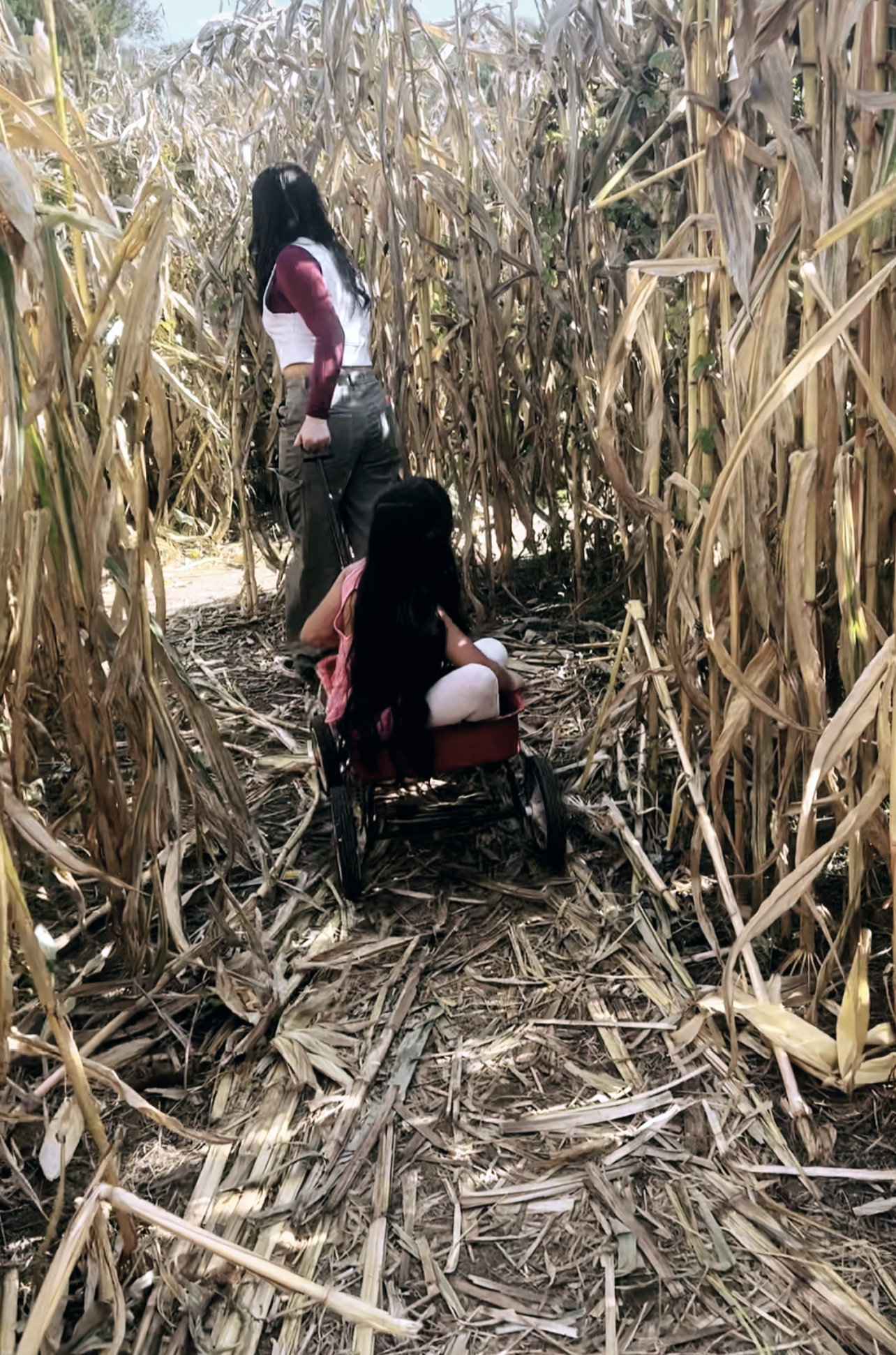
What are your hopes for the future as an early childhood educator in DC?
This photography reflects my hope that we can be guided for better early childhood education, that we can continue preparing ourselves to be seen as teachers and that we are doing an important job.
Hope that we can have a voice and be heard, respected and valued as educators.
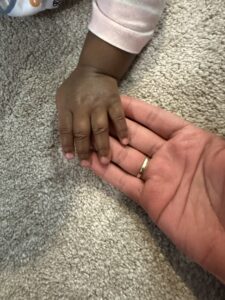 1. My hopes are that we’ll be valued as the educators that we are.
1. My hopes are that we’ll be valued as the educators that we are.2. That we may have a fair salary.
3. That the government and OSSE give priority to early childhood, which is a fundamental stage in the lives of our children.
4. That parents/families value all the effort we put as educators to educate/guide their children, to the point where sometimes we miss our own kids’ events/celebrations so that we can be in the classroom educating their children.
5. That employers do not exploit or overburden us with duties that do not correspond to us, and understand that we are people, not robots.
 My hope for the future for all early childhood educators in DC is that all educators have a fair salary and an equitable distribution of the pay equity, both for educators at childcare centers and educators that are home based.
My hope for the future for all early childhood educators in DC is that all educators have a fair salary and an equitable distribution of the pay equity, both for educators at childcare centers and educators that are home based.That we may have access to higher education, that we’re considered in DC society and organizations, that we may participate in political processes in our district, have access to labor rights, and language rights.
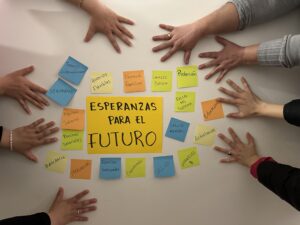
My hope for the future is seeing empowered educators stable with a strong support system that includes education, health, basic food supplies, an adequate salary, and with a support network capable to meet all the teacher’s needs!
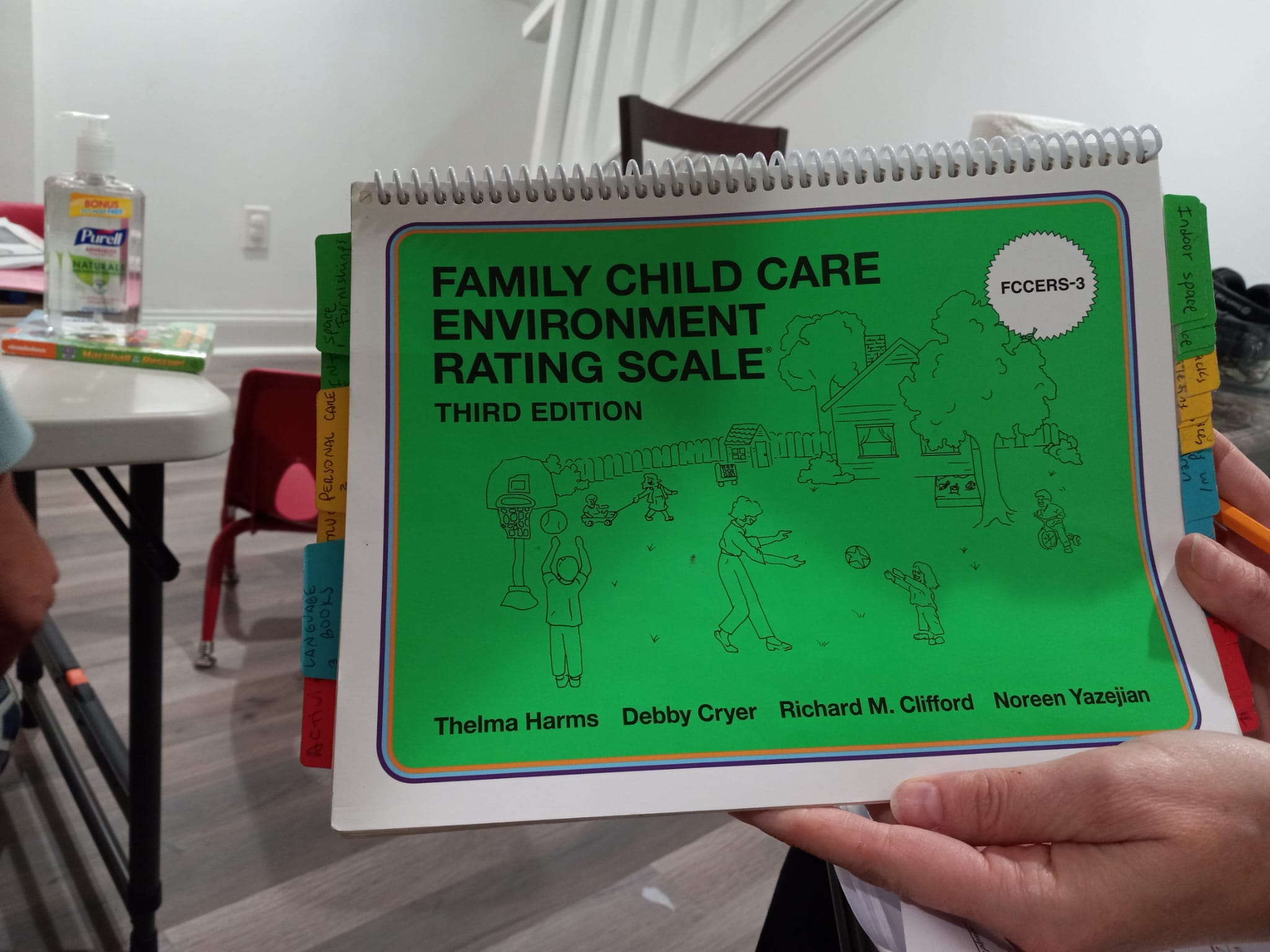 That all early childhood educators have a better salary and growth opportunities within the work environment.
That all early childhood educators have a better salary and growth opportunities within the work environment. It’s wonderful to water a tree because we know that after doing this the fruit will come next. To observe it when it’s reaching its peak moment is quite a contemplation. But we must remember that once this tree was a seed that someone took care of with delicately, watered it throughout many periods with patience, and while at the time it seemed an uncertain process, under the ground the roots were growing to turn into what it is today.
It’s wonderful to water a tree because we know that after doing this the fruit will come next. To observe it when it’s reaching its peak moment is quite a contemplation. But we must remember that once this tree was a seed that someone took care of with delicately, watered it throughout many periods with patience, and while at the time it seemed an uncertain process, under the ground the roots were growing to turn into what it is today.Well, the children we care for and share every day are like that, we accompany them in the process of the transformation of that seed. This is the reason why I wish for our work as teachers in centers to be highly valued, so that it can be seen with the same importance as that of elementary, middle and higher education teachers.
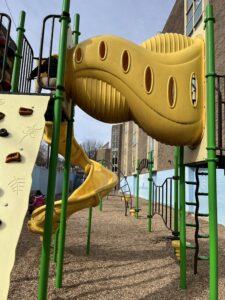
1. A lonely park.
2. Represents that we need more places where children can play.
3. My hope for the future as an early childhood educator in DC, to have better parks and places so the child can have a better childhood development.
Acknowledgements
We extend our deepest gratitude to all early childhood educators who participated in the photovoice activity. We were able to do this work because of their generous dedication of time, expertise, and willingness to share their stories. The following list includes some of the educators who participated: Mireya Amaya, Maria Ayala, Mayra Barrientos, Jamari Blakeney, Bessy Bonilla, Ashley Cacgo, Joyce Coghill, Laura Duque, Tania Estrada Gonzalez, Elsa Guerra, Tara Hawkins, Felicia Jones, Keisha King, Josselin Martinez, Enma Mejia, Rosa Peleaz, Claudiane Pereira Souza, Ortencia Vargas, Luz Díaz Villalobos, and Sandria Yima.
Reference
[1] Hergenrather, K.C., Pula, S., & Rhodes, S.D. (2009). Photovoice as community-based participatory research: A qualitative review. American Journal of Health and Behavior, 33(6), 686-698. https://doi.org/10.5993/AJHB.33.6.6
Suggested Citation
Harris, P., Omonuwa, K., Lloyd, C., Carlson, J., Caballero, S., Martinez, M., Ornelas Gonzalez, D., Vazzano, A., & Kissela, L. (2025). Designing and implementing the DC Early Childhood Educator Pay Equity Fund | From Vision to Reality. Child Trends. DOI: 10.56417/3742h5747n
© Copyright 2025 ChildTrendsPrivacy Statement
Newsletter SignupLinkedInYouTubeBlueskyInstagram